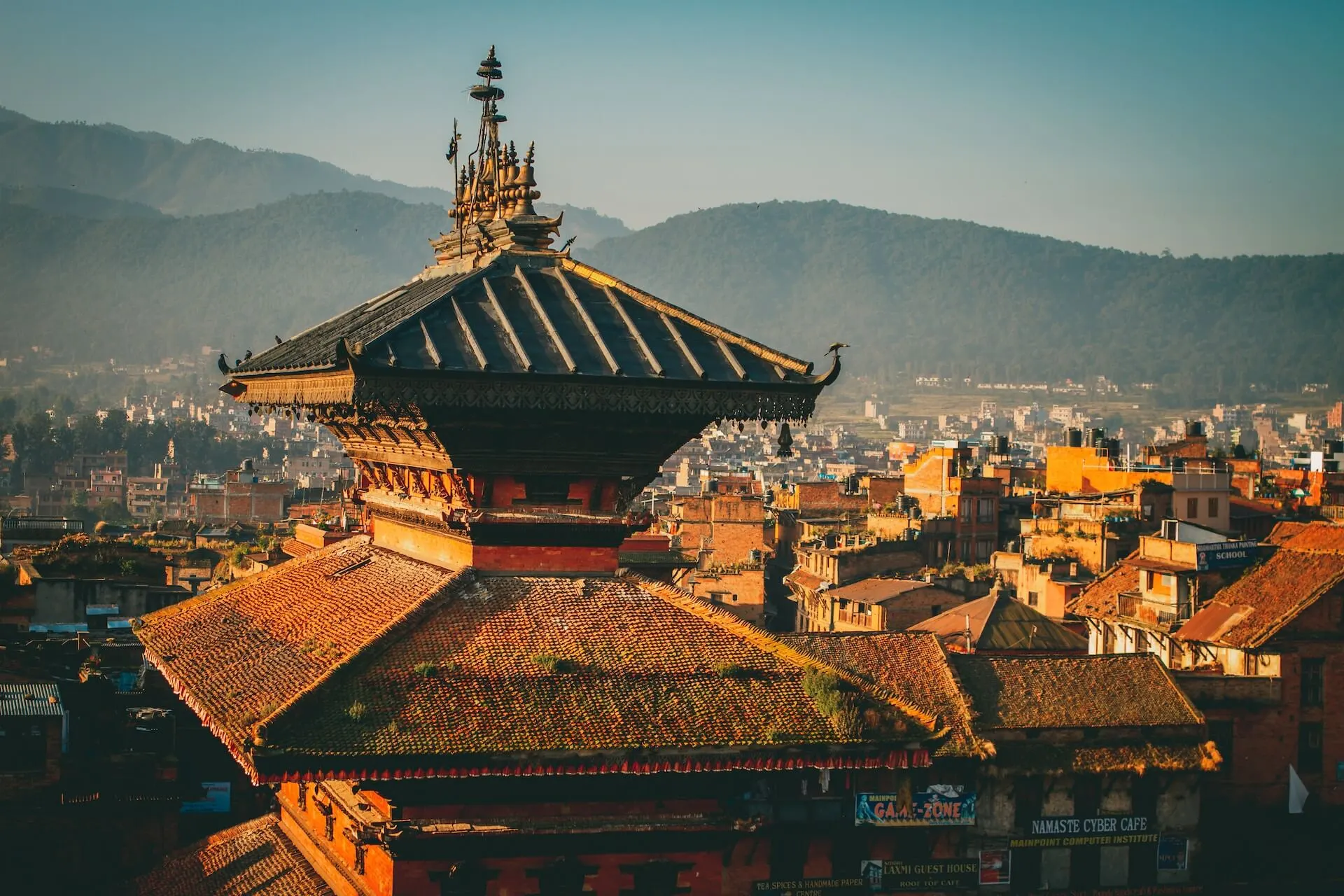Archives
Categories
About Us

Welcome to Kathmandu
Kathmandu, the capital and largest city of Nepal, is nestled in the Kathmandu Valley surrounded by the Himalayas. Known for its rich cultural heritage, it is home to numerous ancient temples, palaces, and monuments, many of which are UNESCO World Heritage Sites. The city’s vibrant streets are filled with a mix of traditional and modern architecture, bustling markets, and diverse religious practices, predominantly Hinduism and Buddhism. Key landmarks include the Swayambhunath Stupa (Monkey Temple), Pashupatinath Temple.
Location: Kathmandu is situated in the Kathmandu Valley, surrounded by the Himalayan foothills. It lies at an elevation of approximately 1,400 meters (4,600 feet) above sea level.
Climate: The city experiences a subtropical highland climate with mild winters, warm summers, and a monsoon season from June to September.
Economy and Development: Kathmandu is the economic and political center of Nepal. It has a growing economy with developments in tourism, commerce, and infrastructure.
Cultural Events: The city hosts various festivals throughout the year, including Dashain, Tihar, Holi, and the Kathmandu International Mountain Film Festival.
Adventure Tourism: Kathmandu serves as a gateway for trekkers and mountaineers heading to the Himalayas, including popular treks to Everest Base Camp and the Annapurna Circuit.
Shopping and Cuisine: The city offers a vibrant market scene, with opportunities to buy traditional crafts, textiles, and souvenirs. The local cuisine features a mix of Nepali, Tibetan, and Indian influences.
